Comprehensive Risk Management: Supply Chain, Investment, and Planning
VerifiedAdded on 2023/06/10
|7
|1039
|369
Homework Assignment
AI Summary
This assignment provides a comprehensive overview of risk management within a supply chain context, investment decisions, and general risk mitigation strategies. It identifies potential risks at various stages of a restaurant's supply chain, including those faced by growers/harvesters, manufacturers, distributors, restaurants, and customers, suggesting measures to avoid or manage these risks such as natural disaster precautions, financial incentives, securing distribution skills, and adhering to legal rules. The assignment also addresses investment choices, comparing two projects (X and Y) based on cash inflows and ROI, ultimately favoring Project X due to its higher cash inflow and lower risk. Furthermore, it explains key concepts like compound interest, the main steps of managing risk (identifying, analyzing, evaluating, treating, and monitoring), and the differences between market and liquidity risks, providing examples for each. The assignment concludes with a discussion on risk management meetings and a case study involving potential risks at a wedding ceremony location, complete with a risk assessment table and contingency solutions.
1 out of 7
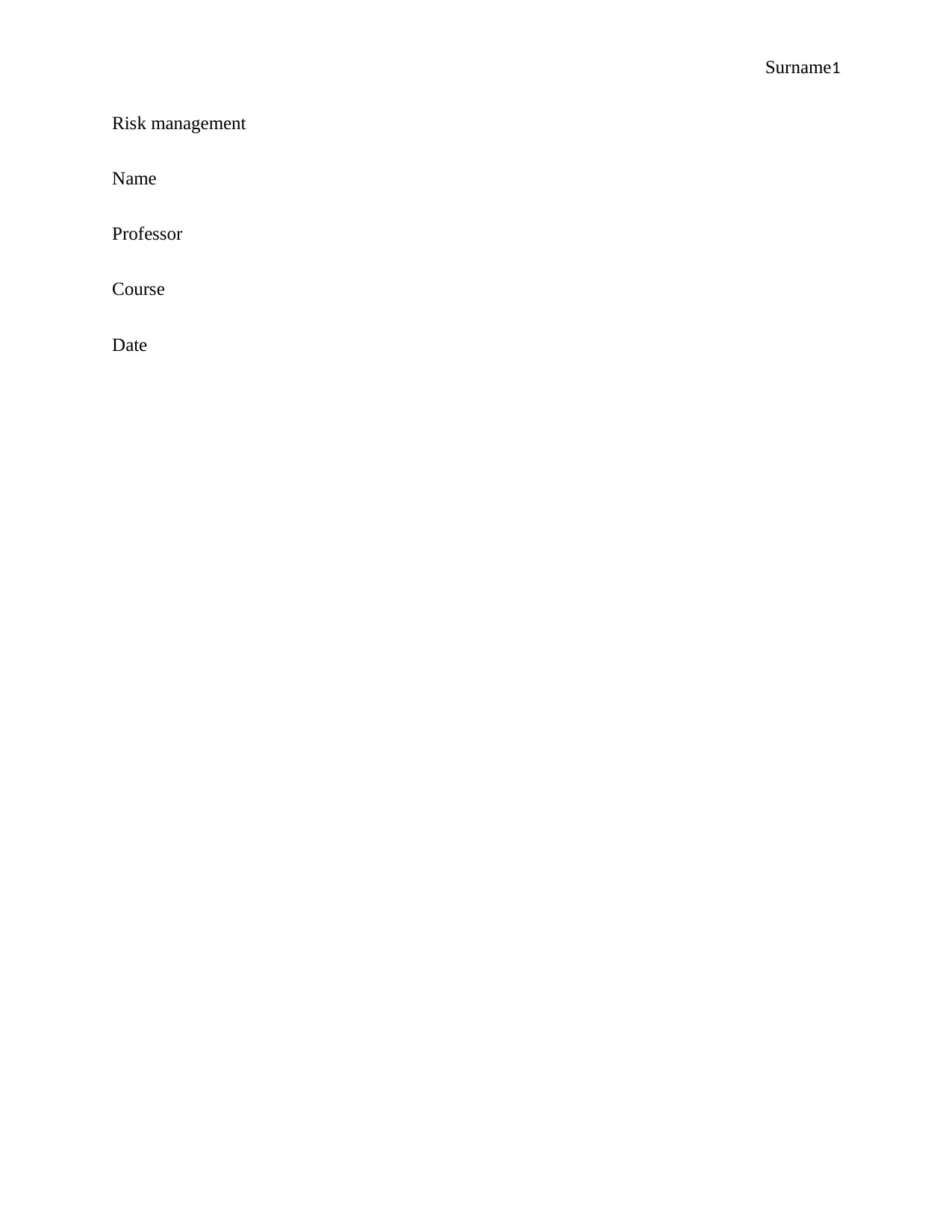
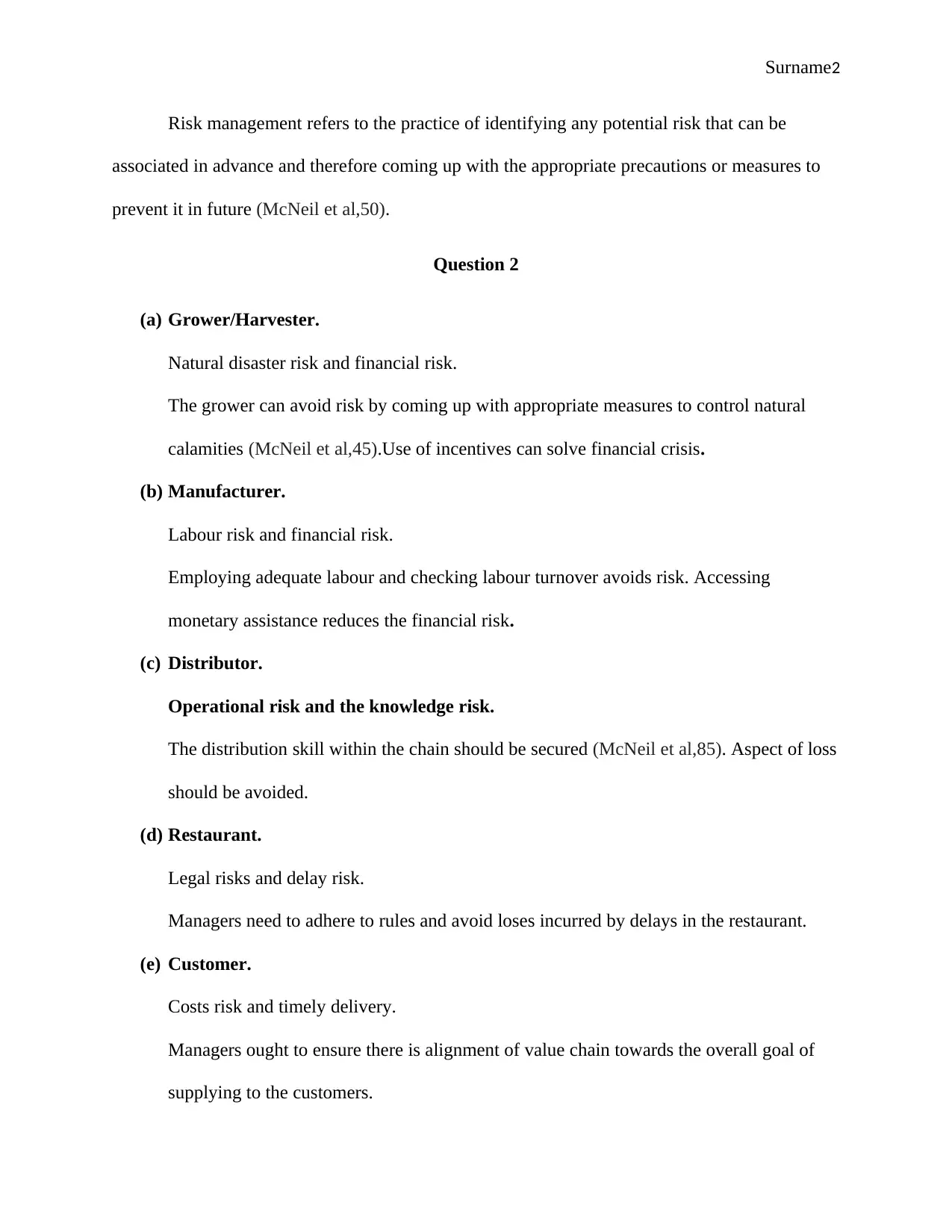


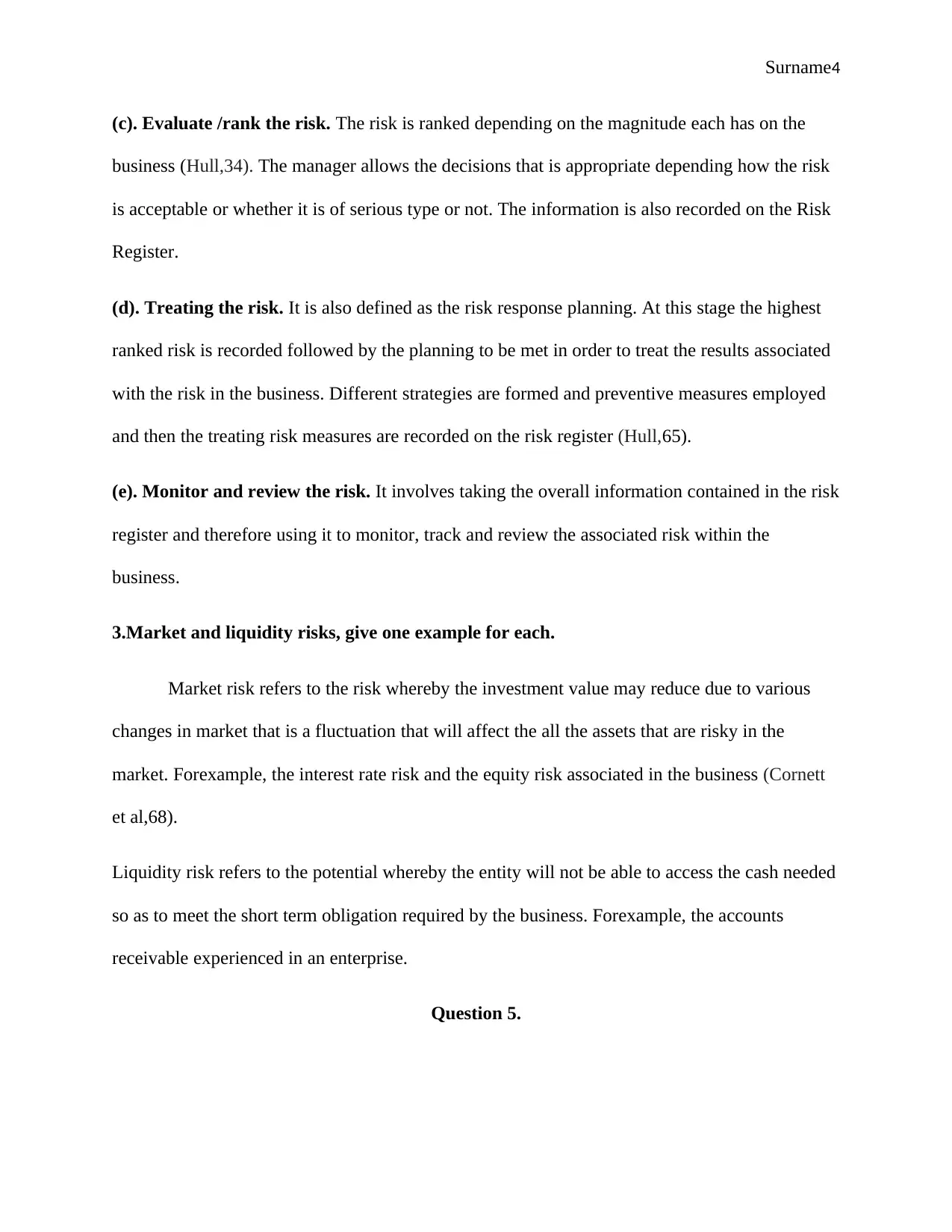
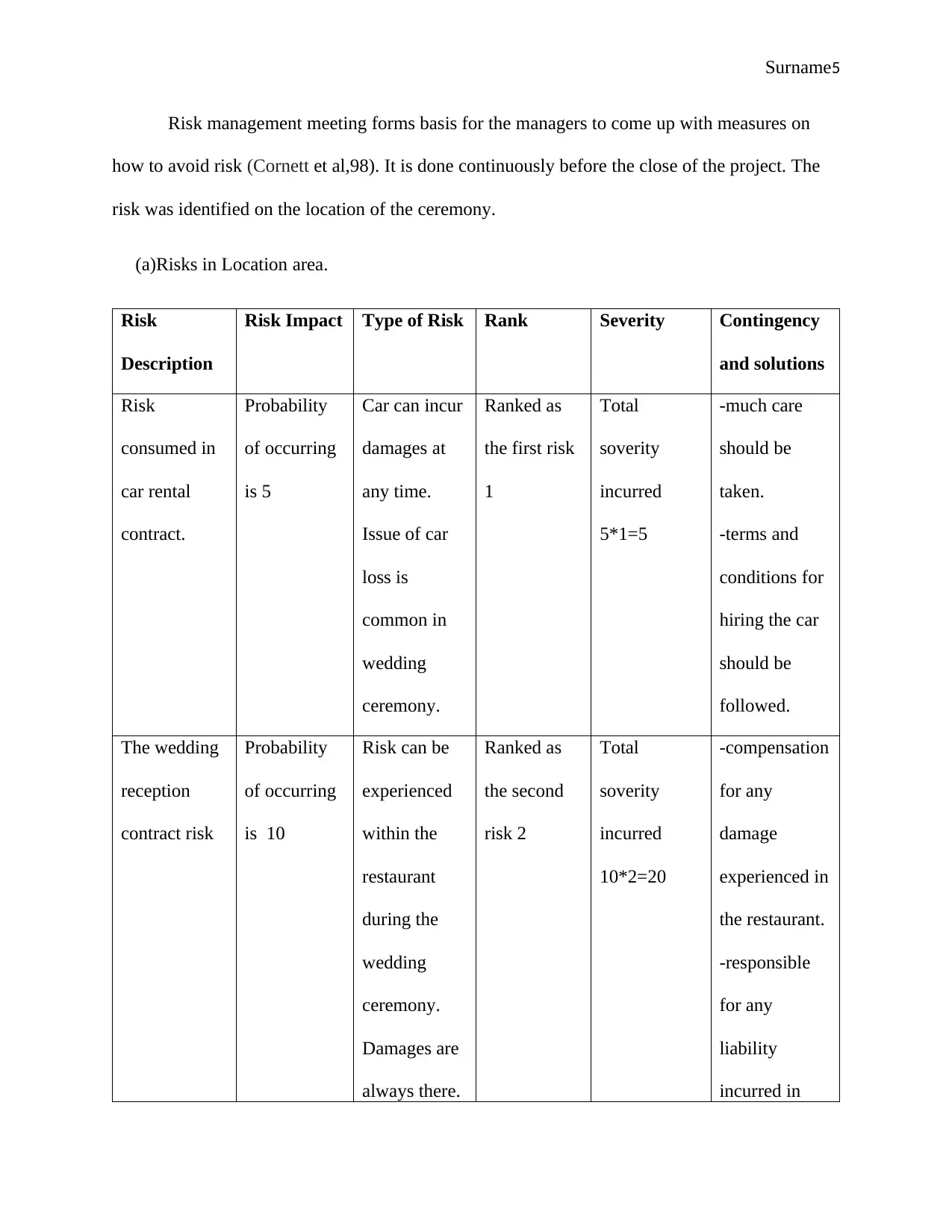

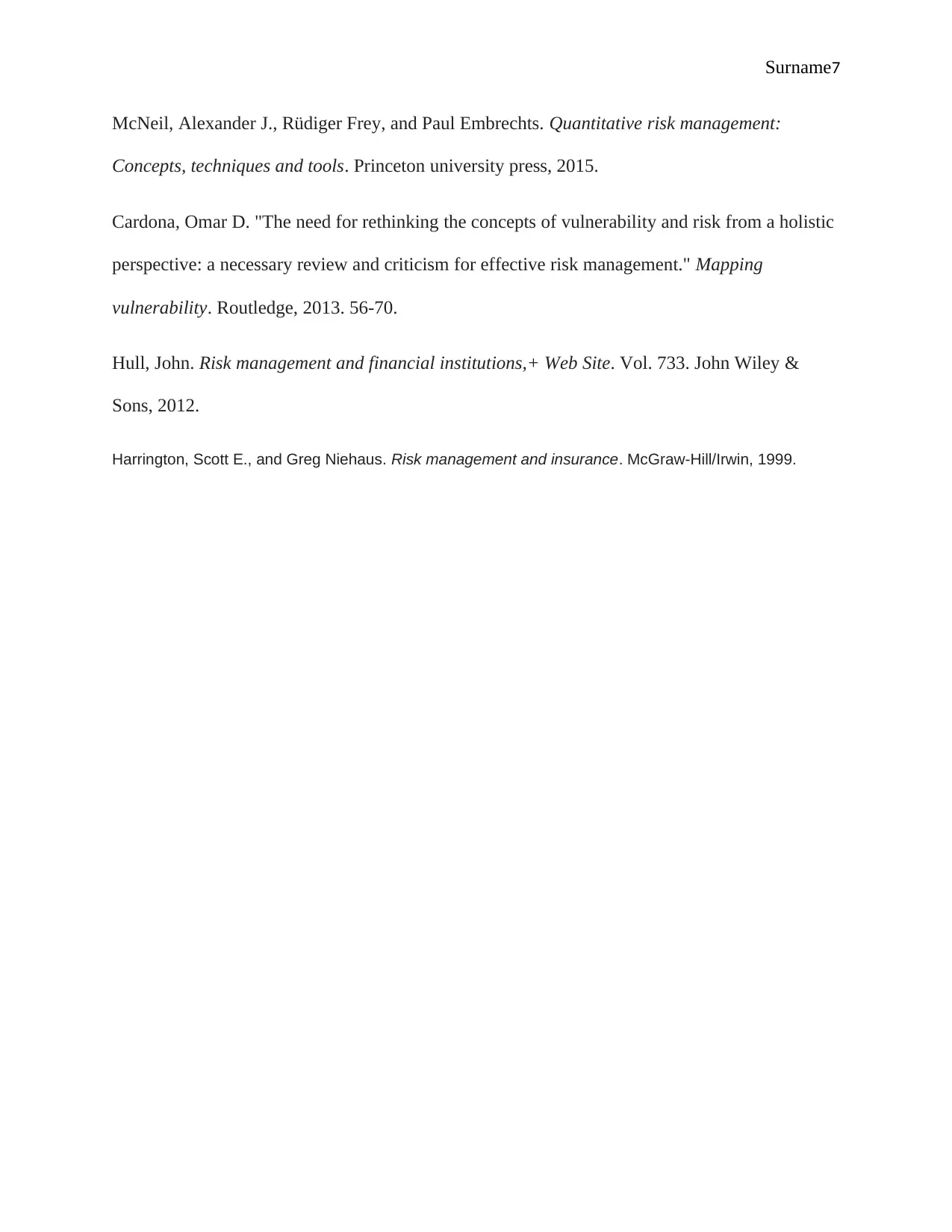

![[object Object]](/_next/static/media/star-bottom.7253800d.svg)